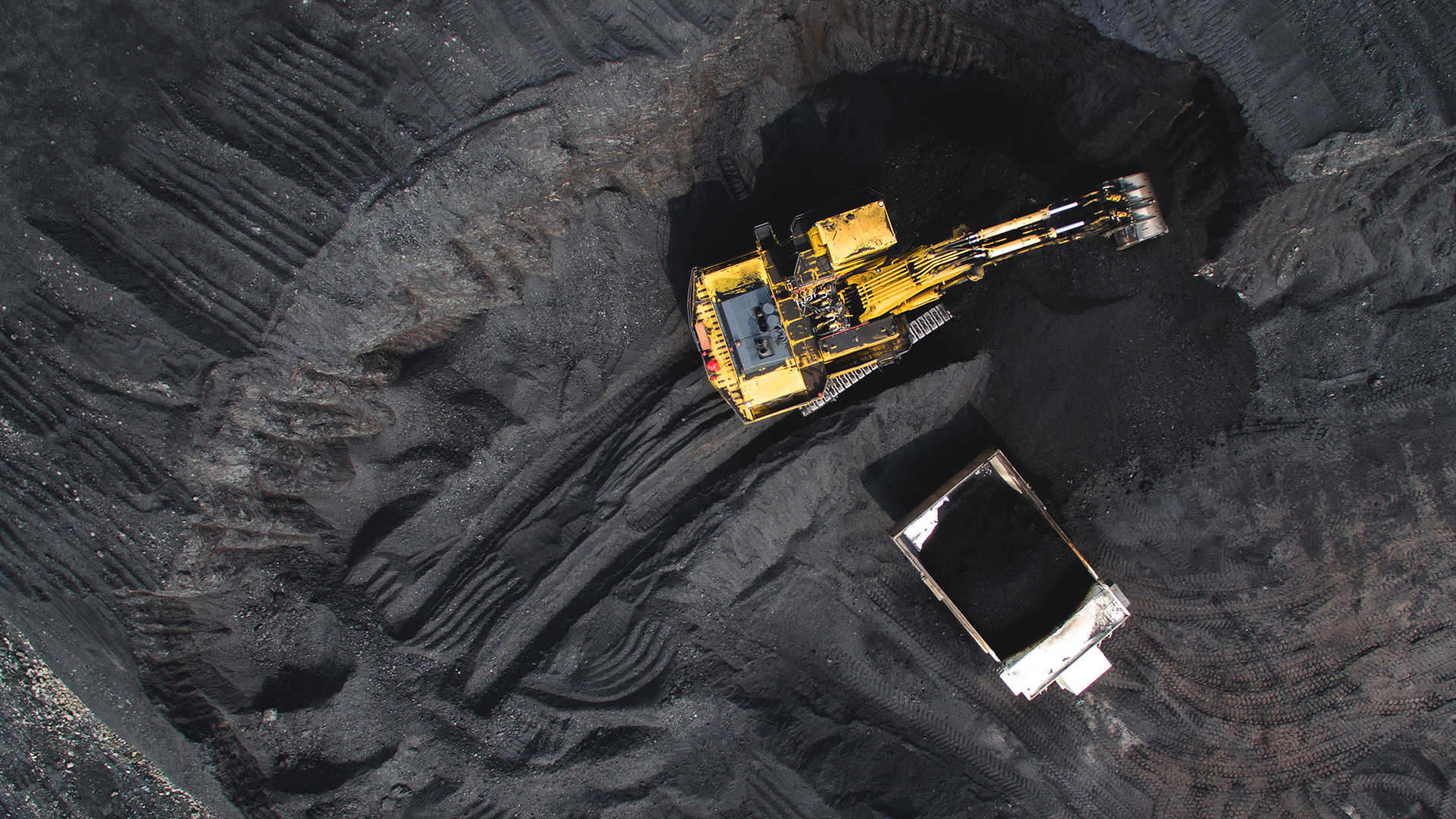Ambitious targets
The introduction of a workable regulatory framework to harness the offshore wind potential of the Greek Seas has been in the works for quite some time. The National Energy and Climate Plan (NECP), published in December 2019,1 confirms the need to develop both fixed and floating offshore wind farms in Greece, if the country is to meet its 35 percent renewable energy target2 for 2030. This national target may yet be increased in step with the EU Commission’s proposal3 to raise the collective EU renewable energy target4 for 2030, from 32 percent to 45 percent. The adoption of this higher target is expected in the first quarter of 2023, and an upward revision of the NECP target may well follow.
Specifically, in terms of offshore wind, the Greek government has set a target of 2 GW of capacity to be installed by 2030. This target is expected to be formalized in the revised NECP. The following chart,5 which sets out current NECP projections for the evolution of installed capacity in renewable power generation until the end of the decade, demonstrates the vital role offshore wind has to play.
| Power generation, installed capacity [GW] |
2020 |
2022 |
2025 |
2027 |
2030 |
| Biomass and biogas |
0.1 |
0.1 |
0.1 |
0.2 |
0.3 |
| Hydro (including mixed pumping) |
3.4 |
3.7 |
3.8 |
3.9 |
3.9 |
| Wind farms |
3.6 |
4.2 |
5.2 |
6.0 |
7.0 |
| Photovoltaics |
3.0 |
3.9 |
5.3 |
6.3 |
7.7 |
| Solar thermal |
0.0 |
0.0 |
0.1 |
0.1 |
0.1 |
| Geothermal |
0.0 |
0.0 |
0.0 |
0.0 |
0.1 |
| Total |
10.1 |
11.9 |
14.6 |
16.4 |
19.0 |
| |
|
|
|
|
|
Key legislative milestones
The overarching legislative framework for offshore wind projects is set out under Greek Law 4964/2022, which entered into force on July 30, 2022 (Law).
The Greek State has exclusive jurisdiction over the Greek Seas, and is consequently exclusively competent for exploring, assessing and designating the areas for development and installation of fixed-bottom and floating offshore wind projects (OWP). The Law therefore sets out the processes whereby the State – acting through its wholly-owned subsidiary, Hellenic Hydrocarbons and Energy Resources Management S.A. (HEREMA) – will first designate the wider areas where OWP may be developed (Development Areas) and then, within these, designate specific polygon plots for the installation of OWP (Installation Areas).
Development Areas will be designated following a two-step process. HEREMA will first prepare a National OWP Development Program (Development Program), setting out the fundamental principles governing the design, development, location, installation and operation of OWP, and including potential Development Areas and the wind power capacity which can be installed in each. The Development Program will undergo a strategic environmental impact assessment, before being approved via a joint ministerial decision. On the basis of the Development Program, detailed technical studies will then be conducted in order to finalize the Development Areas and the specific conditions for development therein, and propose potential Installation Areas. These studies will undergo strategic environmental impact assessments and be vetted by the competent authorities, before being enshrined in presidential decrees. Since the Law does not stipulate a timeline for the above process, the main concern here is the extent to which such uncertainty will impact project development timelines overall.
Once Development Areas are designated, interested investors will be able to apply for licences allowing them to explore and carry out technical studies within Development Areas of their choice (Exploration Licences). Applications will be assessed on the basis of predetermined technical and economic criteria (some of which are already set out under the Law), and Exploration Licences will be awarded to all applicants satisfying said criteria.
Within two years from the first Exploration Licence application round, HEREMA will put the designation of Installation Areas to public consultation, effectively giving Exploration Licence-holders the opportunity to comment on the viability of proposed areas. This allows HEREMA to capitalize on the knowledge gained by licence-holders while exploring the relevant areas. Once HEREMA finalizes the Installation Areas, these will be approved via a ministerial decision.
Support scheme
Following the official designation of Installation Areas, the Regulatory Authority for Energy (RAE) will run competitive bidding procedures for awarding operating aid to support energy generation from OWP. RAE is expected to notify this aid scheme to the EU Commission so that it can be approved under State aid rules, as has been the case for existing support schemes for onshore wind and solar PV projects. Only Exploration Licence holders will be eligible to participate is these bidding procedures.
Bidding will be separated by Installation Area. Operating aid will be awarded on the basis of the lowest bid, and successful bidders will conclude a 20-year operating aid contract with the RES market operator.6 Successful bidders secure the exclusive right to develop and operate an OWP in the Installation Area for which they bid. Once an investor secures this exclusive right, its project can begin the licensing process.
Grid connection
The Independent Power Transmission Operator (IPTO) has exclusive competency to design, construct and operate the grid works connecting the national electricity transmission system to each Development Area connection point (substation). IPTO bears the cost of grid works up to the connection points, and the investors (i.e. successful bidders) bear the cost of grid works from the respective connection point up to their project. Part of this process requires each investor to carry out the relevant grid connection studies and submit them to IPTO, when applying for a final grid connection offer.
Receiving a final grid connection offer is crucial, as it indicates that a project has secured the grid space it requires, and can therefore proceed with its development. IPTO is expected to issue grid connection offers for OWP as a matter of priority.7 This is important as IPTO faces the ongoing challenge of ensuring the grid is able to absorb the power being generated by new renewables’ projects. In light of this, the Law charges IPTO with the obligation to conduct technical studies and propose revisions to the Ten Year Network Development Plan8 that will enable the grid infrastructure to handle the projected OWP output.
Looking ahead
Enactment of the Law marks a fundamental step towards Greece achieving its renewable energy targets, and this has already generated significant interest from investors. This was especially evident in December, when HEREMA held its first offshore wind conference for stakeholders. At the conference, the competent authorities gave an overview of the studies underway that will inform the critical design parameters for the designation of Development Areas, as well as the preliminary outcomes of studies already concluded (e.g. on wind speed and bathymetry). An indicative timeline was also presented, aimed at allaying investor concern over whether the proposed development milestones are achievable by 2030.
To maintain momentum, the government will have to issue expeditiously the implementing acts required for investors to begin exploring Development Areas. Moreover, while in recent years the licensing framework for renewables has been simplified, additional changes may need to be introduced to reflect the complexity of constructing offshore wind – as opposed to other renewable power – projects. The volume of investor interest and the need to implement sustainable solutions for securing the energy supply in Greece and throughout the EU will have to be backed by clear and decisive regulatory action, to promote the development of OWP, while the decade is still young.




















